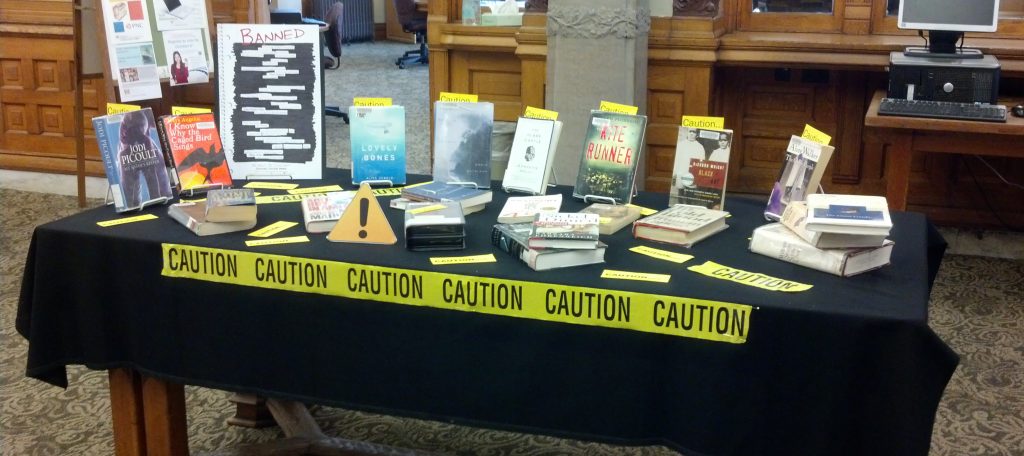As much as we would like our course books or textbooks to be banned, unfortunately, this isn’t always the case. Banned books refer to books that were banned either by public access libraries or by school and college authorities to “safeguard” their readers from the knowledge that these books provide. Knowledge is an empowering tool that depends on how its user wields it. No knowledge can be bad knowledge. To attain knowledge or to satisfy the thirst for knowledge, one must go to books.
When it comes to books, we are free, or that is what we think. The reality is that we are limited to options here too. Certain books, that delve into seemingly dark topics, like depression, suicide, self-harm, and bullying are considered challenging books and are almost always banned by default. The most challenged book in 2017 was “Thirteen Reasons Why,” a book by Jay Asher, in which a high school girl commits suicide due to bullying and sexual assault. This book opened doors to a lot of conversations. Several people could not or did not have the courage to speak up about stuff like this. This New York Times Best Sellers book also got made into a TV series, which brought these sensitive topics into the limelight. This would have definitely impacted some people’s lives and may have changed the direction they were headed in. This is the power of literature. Strong literature like this is always banned by the authorities. This censorship is never well received by the author, who has spent hours of his time, to get a point across to the public. We, as the public, must always voice our opinions.
The past week, from Sept. 23 to Sept. 29, is known as “Banned Books Week,” where libraries set out books that would usually be banned or cannot be found on the shelves. The list of banned books is long. It has a lot of common household book names. The other strict no-no topics also include themes of gender identity, same-sex relationships, profanity and drug or substance abuse. Another famous example that can be quoted here is the book named “To Kill a Mockingbird” by Harper Lee. This book was banned for its portrayal of violence and racial slurs. The book “Sex is a Funny Word” was banned because the readers felt that children must not know about sex education in order to protect their innocence.
Another big disappointment was the banning of the book called “George,” by Alex Gino, which talks about a transgender child and the difficulties she faced. Some of these books might not be banned everywhere, but will definitely be in school libraries. Another big topic that can easily get any book banned is the most delicate topic called religion. A fine example of this case is the work of Khaled Hosseini, the author of “Kite Runner.” This emotional rollercoaster of a book talks about two young boys, and the story of their betrayal, with a religious theme. All these books were intended by their respective authors to get a point across or to start a conversation in the real world using imaginary characters, based on real-life stories. The overall number of banned books currently stands at 416. It is our duty as engaged citizens to speak up against this censorship.
In conclusion, people do have varying opinions on this matter, but when it comes to reading, the people must decide what is right for them. To do so, they should have a choice in what to read, no matter how realistic or extremely scary real life may seem. There will always be books that bring out real life, hard-hitting topics; not everything is always unicorns and rainbows. To encourage these skilled authors and to bring out an open platform for discussion, these books can do more than most people in this world. The only catch being that these books must definitely not be banned.





